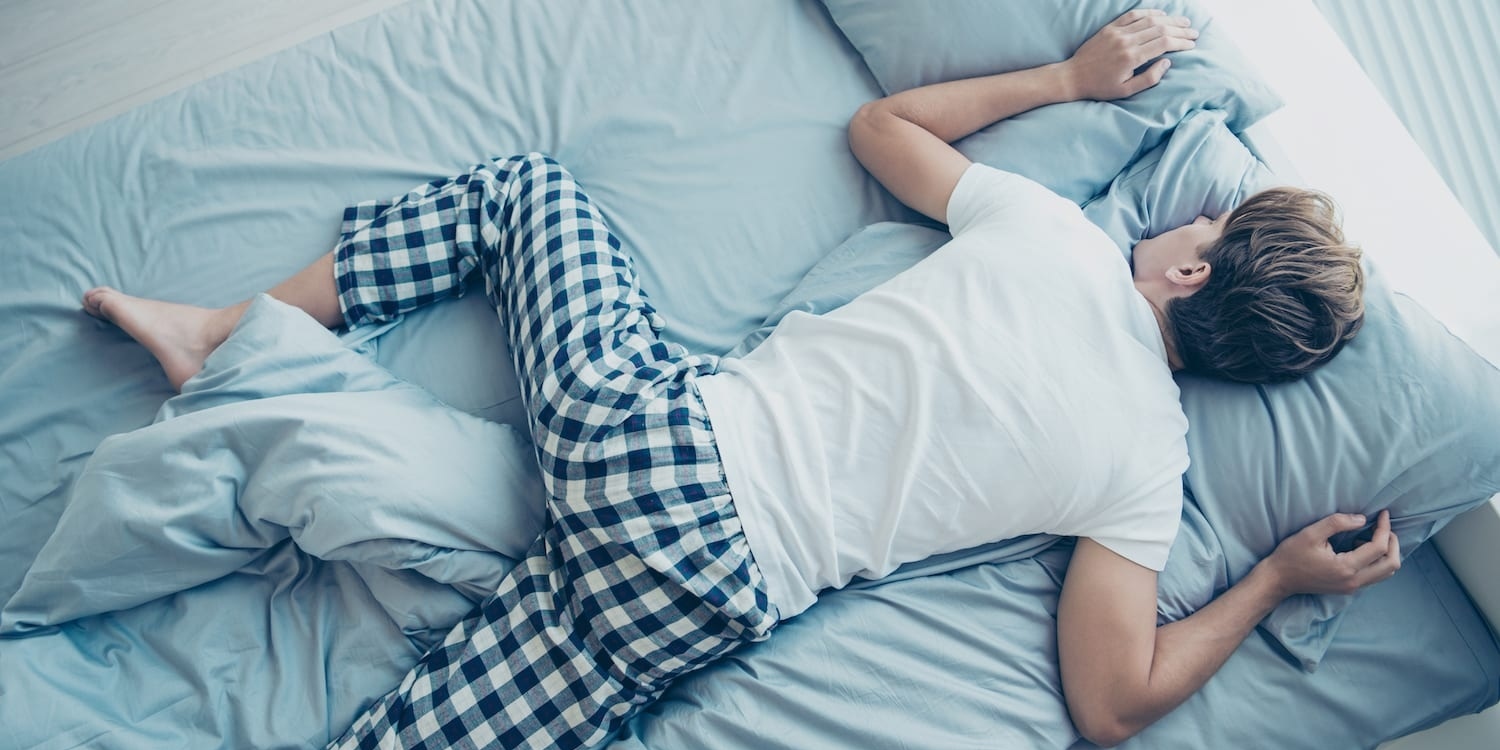After looking at popular sleep hacks on Tik-Tok, a team of experts tried to debunk the most common misconceptions about those. The most popular hacks include Brain Tapping, the Military Technique, the Anmian Pressure Points, Yongquan and Tai Chong Pressure Points, and Natural Light Alarms.

Brain Tapping
One technique gaining recognition is Brain Tapping, which combines cognitive behavioral therapy with somatic stimulation using acupuncture pressure points. While rhythmically tapping specific areas of the face, collarbone, under the arm, and the top of the head, individuals engage in a process that merges elements from traditional Chinese Medicine and kinesiology. This method involves vocalizing distressing thoughts and assessing their intensity on a scale of 1-10. Surprisingly, scientific evidence supporting the efficacy of brain tapping exists. A review published in the journal Psychology in 2013 highlighted randomized controlled trials and personal studies, including 23 trials on Emotional Freedom Techniques (EFTs), which encompass brain tapping.
Military Technique
Another approach, known as the Military Technique, offers a simple yet effective method to induce sleep. By performing a specific breathing pattern — inhaling, holding, exhaling, holding, and repeating — individuals can achieve a relaxed state conducive to sleep. The US Army has reported a success rate of 96% among those who have tried this technique. The Military Technique involves progressively relaxing different muscle groups throughout the body, starting from the face and progressing downwards. While initially developed for military personnel, the technique’s efficacy suggests potential benefits for a wider range of individuals experiencing sleep difficulties.
Anmian Pressure Point
Drawing from the wisdom of ancient Chinese Medicine, the Anmian Pressure Point focuses on applying pressure and massage to a spot located behind the ear. Acupuncture and acupressure theories propose that stimulating specific pressure points restores the flow of Qi, the vital energy within the body. Insomnia and fatigue tend to result from depleted Qi levels. Acupressure involves using fingers or a blunt object to exert pressure on specific points, including Anmian. Studies indicate that applying pressure to these points activates nerves and facilitates the transmission of impulses to vital brain centers, promoting improved sleep. Apply pressure on the area behind the ear for thirty seconds before sleeping to yield favorable results.
Yongquan and Tai Chong Pressure Points
Reflexology, a practice often associated with relaxation and improved well-being, introduces the Yongquan and Tai Chong Pressure Points as potential aids for better sleep. Though robust scientific evidence supporting reflexology remains limited, small studies have shown promising outcomes. EEG studies during reflexology sessions revealed brain wave pattern alterations consistent with sleep induction. Reflexologists often employ additional relaxation techniques such as essential oils, aromatherapy, and dim lighting, making it challenging to isolate the precise effects of pressure on these specific points. Nevertheless, the power of the human touch and the potential benefits of stimulating these pressure points cannot be discounted.

Natural Light Alarms
The significance of natural light in regulating sleep patterns cannot be overstated. Studies have demonstrated that exposure to natural light upon waking improves sleep quality. Blocking out early morning light with blackout curtains has been shown to promote better sleep. However, after awakening, it is crucial to seek exposure to natural daylight. Spending at least 30 minutes outdoors or opening blinds and windows in the morning allows for beneficial light exposure that helps regulate the sleep-wake cycle. Even if outdoor activity is not feasible, the presence of natural light within the immediate environment upon waking can have a positive impact on sleep.